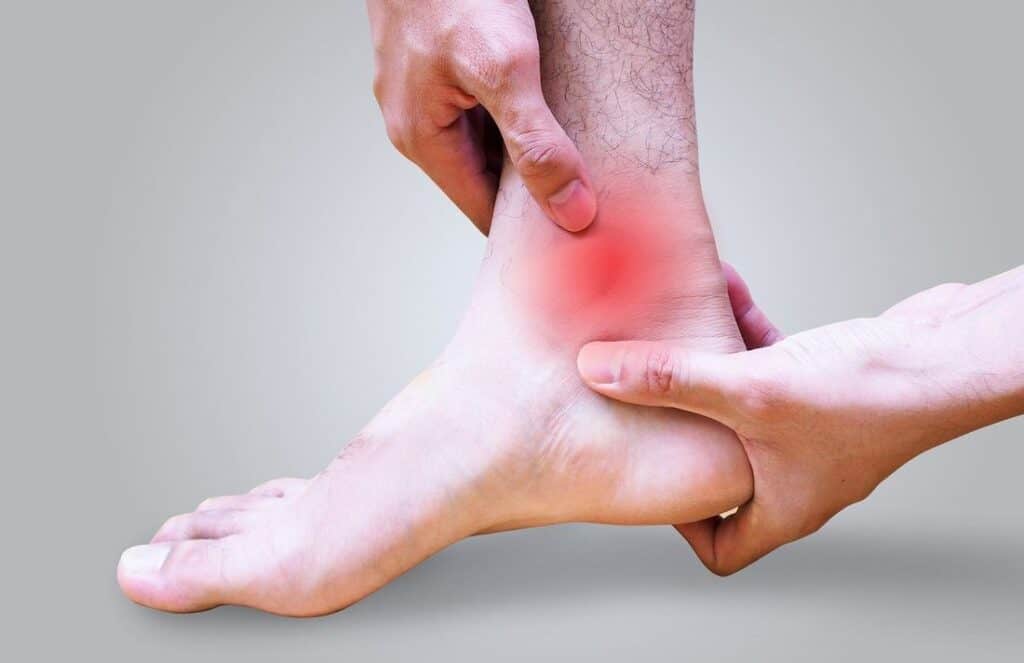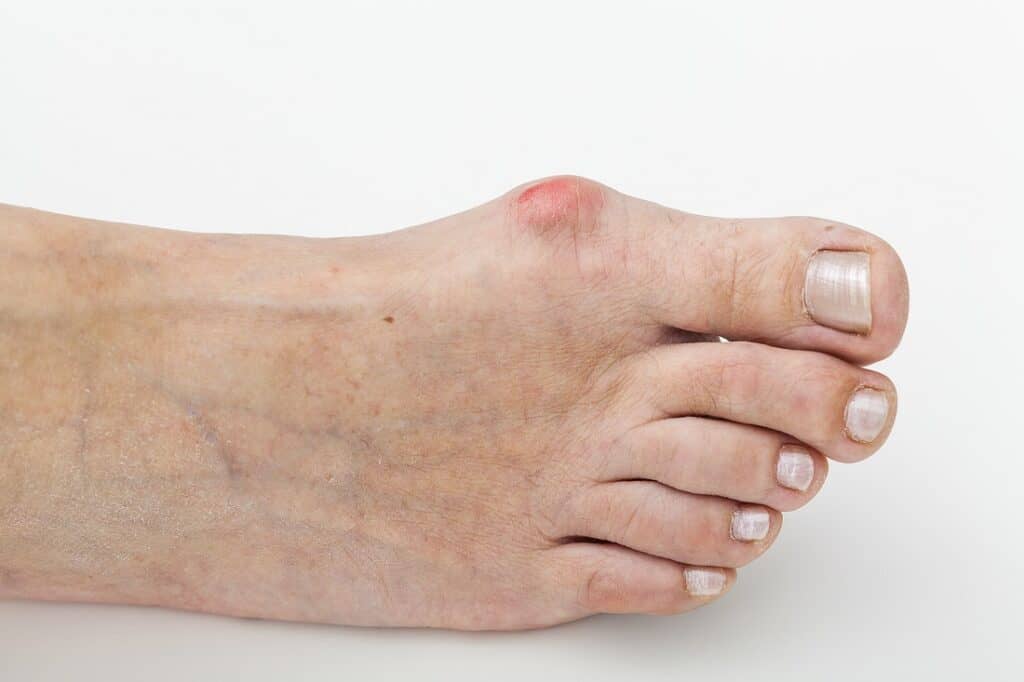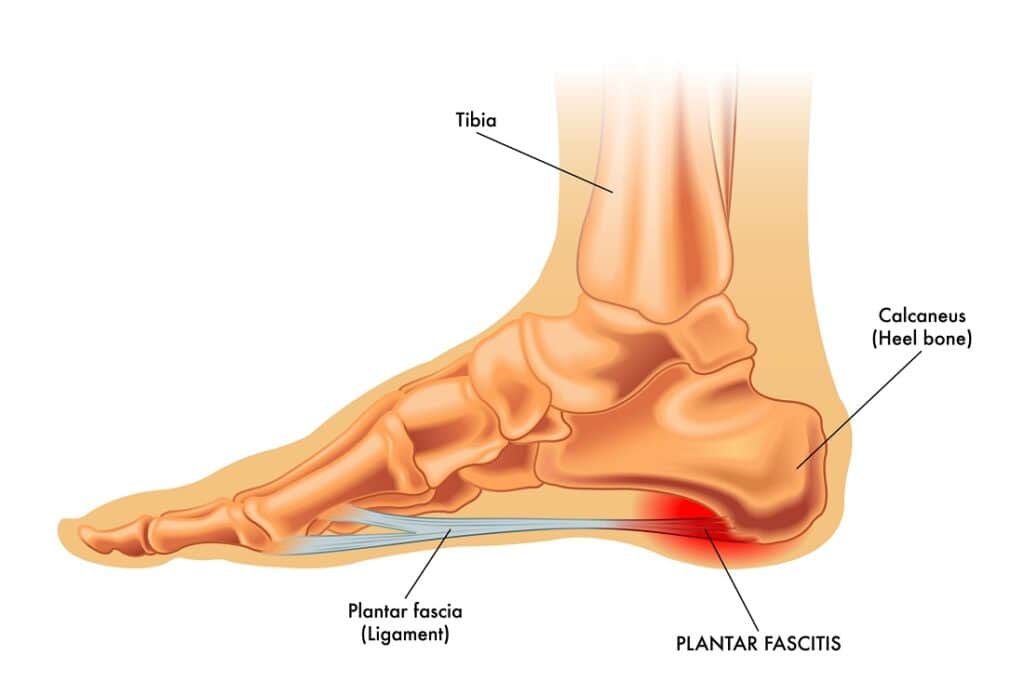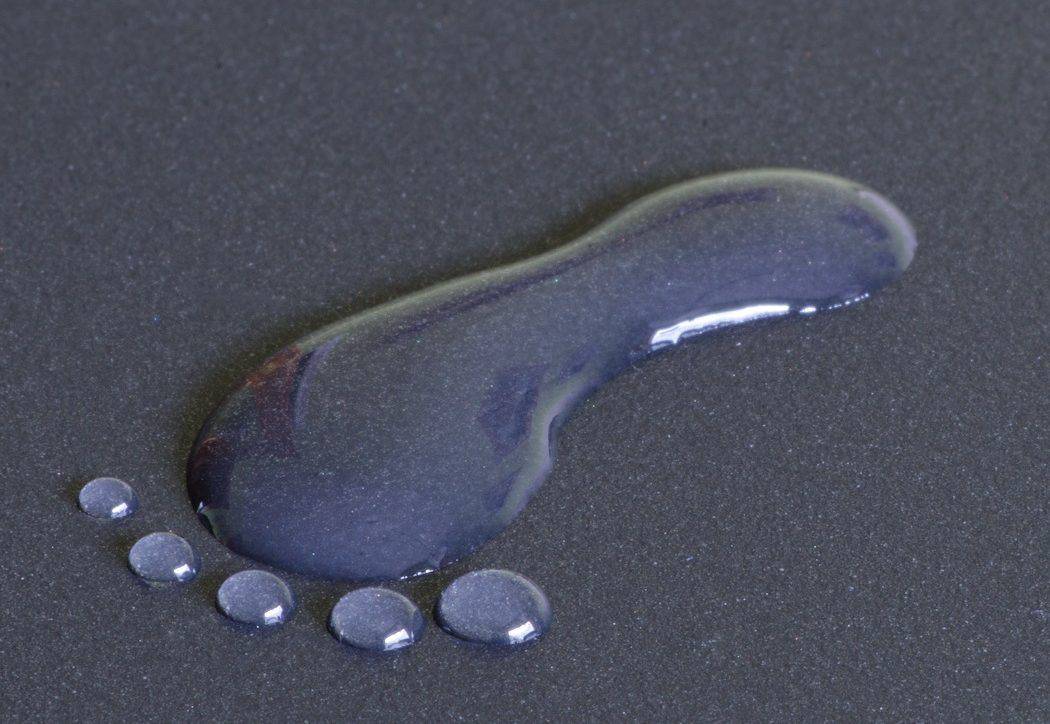When it comes to looking after your body, you might have a few things on your list. You probably know how vital it is to look after your heart, watch your weight, protect your skin and take care of your mental health.
But what about your feet?
Your feet endure a lot of strain — after all, you’re on the most of the time! We walk an average of five thousand steps — or around two-and-a-half miles — each day, and our feet bear our weight for every one of them.
It’s no surprise that with so much time spent on our feet, many of us experience debilitating foot problems at some point in our lives.
So what can you do about them?
We look at some of the most common foot problems and what treatment is available. It could be rest, walking aids, or getting shoe insoles online to help your feet feel better. Read on for more.

Foot Arthritis
If you think that arthritis only affects large joints like the knees and hips, think again! Foot arthritis is incredibly common, with one in six people over 50 having the condition. However, if arthritis runs in your family, you might experience symptoms much earlier in life.
The main symptom is inflammation, causing pain and stiffness. Osteoarthritis — also known as “wear and tear” — is the most common type of foot arthritis. It’s characterized by the cartilage in the foot gradually wearing away until the bones rub against each other. As a result, osteoarthritis usually worsens over time.
There is no cure for arthritis, but there are things you can do to manage your pain and prevent your condition from getting worse.
These include using walking aids, getting physiotherapy to learn specific exercises that will strengthen your foot joints, and steroid injections to reduce pain and swelling.
But if your pain is getting in the way of your daily activities and affecting your life, you might benefit from surgery.
There are two main surgical treatments for arthritis: arthroscopy and arthrodesis.
During an arthroscopy, a surgeon will make a small incision in your foot and insert a thin instrument with a camera attached, which lets them see inside your joint.
The surgeon can then clean out inflamed tissue and loose cartilage to improve motion in your joint.
Arthrodesis (or fusion) involves fusing bones together to create a single, continuous bone. Your surgeon will first clean the joint, removing any damaged cartilage, before pinning or screwing bones together to fix the joint in position. As your body heals, the bones join together, preventing the arthritic joint from moving and causing pain.
While these are routine operations, you won’t experience the benefits immediately, and you’ll need plenty of rest and rehabilitation. However, they can help slow the progression of arthritis. You should speak to a foot expert if you have arthritis to find out which option is best for you.

Bunions
If you have a bunion, you’re probably aware of it, as it’s not easy to miss. Bunions are bony lumps that form on the side of the foot around the bottom of your big toe, causing the curve to be pronounced. Your big toe will also point towards your other toes, which is caused by the metatarsal bone pushing your toe inwards.
They’re common in people with a genetic predisposition and are especially aggravated by wearing high heels or shoes that don’t fit properly.
If you don’t seek treatment for a bunion, it can cause severe pain and even dislocate the joint completely. In this case, you’ll be left with a toe deformity that can only be corrected with an operation.
Bunion treatment can include wearing different shoes or padding the bunion to ease pain and reduce irritation, but surgery is the only way to get rid of it.
Usually, this involves removing the swollen tissue and straightening the bones in your foot to correct your big toe, but you may need to have the bones fused to prevent future flare-ups.

Plantar Fasciitis
It’s common to have achy feet if you’re standing around or moving a lot during the day or breaking in a new pair of heels or shoes. But if you’re regularly experiencing pain in the bottom of your foot around the heel and arches, you might have plantar fasciitis.
This condition gets its name from the plantar fascia — a ligament at the base of your foot. When inflamed, it can cause severe pain that usually gets worse when you start walking, after sleeping or when you’re resting after exercise.
The main remedy for plantar fasciitis is rest, keeping your foot raised, and icing the area, but it can take several months to see an improvement, and finding time to rest can be difficult if you have a demanding job that requires you to be on your feet all day.
However, other treatments are available. If your heel pain is severe, you might be able to have steroid injections. A doctor may also recommend orthotics tailored to the exact size and shape of your foot to cushion your heel and support your arches.
Looking after your feet is more vital than you might realize. Now that you know the most common foot problems, you can be on the lookout to make sure you’re giving your feet all the love and attention they deserve.


